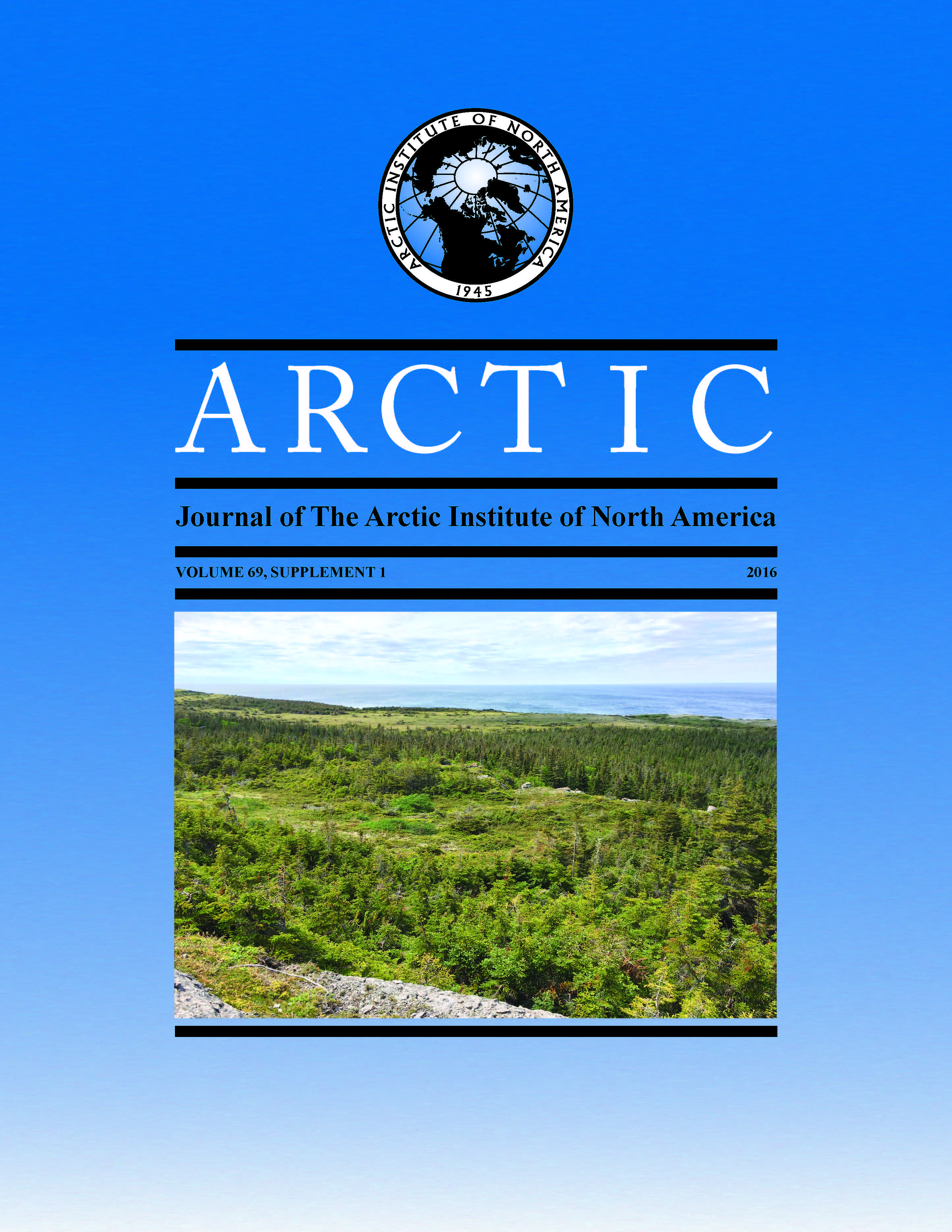Living at a High Arctic Polynya: Inughuit Settlement and Subsistence around the North Water during the Thule Station Period, 1910–53
DOI:
https://doi.org/10.14430/arctic4573Ключевые слова:
historic Inughuit, North Water polynya, subsistence/settlement patterns, hunting strategies, hunting grounds, annual hunting cycle, sledge routes, tradeАннотация
The settlement and subsistence patterns of the Inughuit of the Avanersuaq (Thule area) are described and analyzed for the years 1910 to 1953, when Knud Rasmussen’s trading station at Dundas was active. Inughuit subsistence was based on the rich biotic resources of the North Water polynya between Ellesmere Island and Greenland, but the analysis shows that trade, primarily with fox furs at the Thule Station, also played a major role in shaping the settlement pattern of the period. During the Thule Station Period, the named winter settlements amounted to c. 40 sites; however, only 10–15 of them were settled at any given time. The Inughuit settlement close to the station, Uummannaq, soon became the largest site in the area. The sources enable us to follow changes of residence of some hunting families over four decades. By moving their winter sites every second or third year, the families gained primary knowledge of the topography and seasonal variation of the hunting grounds in the entire Thule district during their active years. In the same way, they connected with diverse family networks through the years. Tracing the sledge routes that connected the sites over great distances reveals how decisive proximity to main and escape routes over the Ice Cap was for site location. Dog sledge technology, and thus capacity to transport people, gear, and stored food, boomed during the Thule Station Period with the wealth created from trade and access to raw materials. Mapping the main hunting grounds on the sea ice and modeling the hunters’ annual range of possibilities for accessing different game—mainly walrus, ringed seal, narwhal, and sea birds (plus some caribou)—showed that ringed seal formed the bread and butter of the subsistence economy. However, bulk resources, gained in particular from intensive spring walrus hunts at a few hot spots, as well as carefully timed consumption and sharing of the stored meat and blubber, were keys to life at the North Water polynya. Temporary settlement at the trading stations in the area—a couple of winters at a time—was also part of the risk management strategy of the Inughuit.Загрузки
Опубликован
2016-10-21
Выпуск
Раздел
Articles


